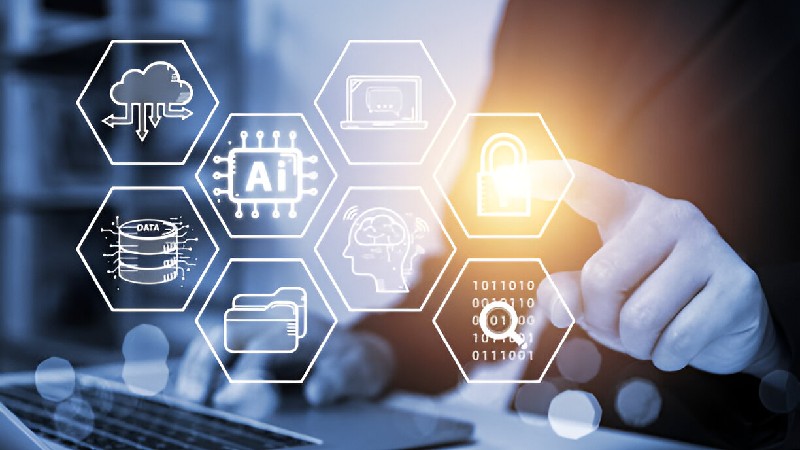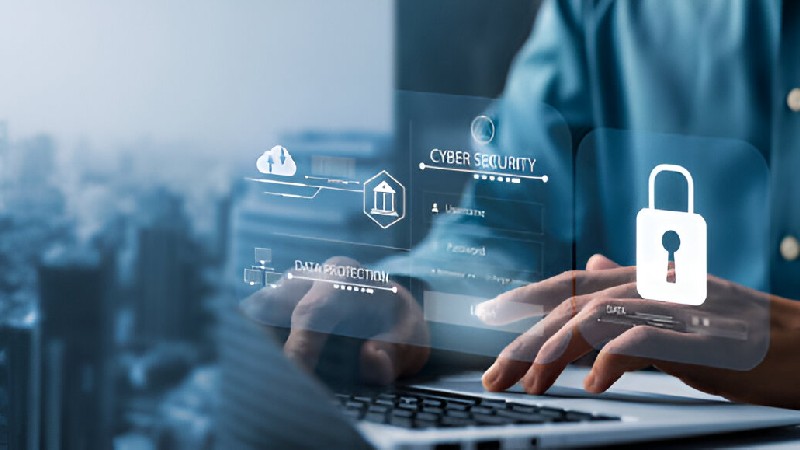AI and Cybersecurity are becoming increasingly intertwined as organizations seek to bolster their defenses against the ever-evolving threat landscape. While AI is already being used in various security applications, a new frontier is emerging: the Autonomous Security Operations Center (ASOC). This article will explore how AI and Cybersecurity converge in the ASOC, revolutionizing security operations and paving the way for a more proactive and resilient security posture.
The Limitations of Traditional SOCs
Traditional Security Operations Centers (SOCs) rely heavily on human analysts to monitor security alerts, investigate incidents, and respond to threats. However, this approach faces several challenges:
- Alert fatigue: The sheer volume of security alerts can overwhelm analysts, leading to missed threats and delayed response times.
- Skills shortage: The cybersecurity industry faces a significant skills gap, making it difficult to find and retain qualified analysts.
- Manual processes: Many SOC tasks are manual and time-consuming, hindering efficiency and scalability.
- Reactive approach: Traditional SOCs often operate reactively, responding to threats after they have occurred.
The Emergence of ASOCs

AI and Cybersecurity advancements are enabling the development of ASOCs, which leverage AI and automation to overcome the limitations of traditional SOCs. ASOCs can:
- Process massive data volumes: AI algorithms can analyze vast amounts of security data from various sources, identifying patterns and anomalies that humans might miss.
- Automate routine tasks: AI can automate tasks such as alert triage, incident investigation, and threat response, freeing up analysts for more strategic work.
- Provide proactive defense: AI can predict and prevent attacks by identifying vulnerabilities and proactively implementing countermeasures.
- Enable continuous learning: AI models can continuously learn and adapt to new threats, ensuring the ASOC remains effective against evolving attack vectors.
Related: The AI-Powered Workforce: Cultivating Human-AI Synergy
Key Components of an ASOC
An ASOC typically comprises the following key components:
- AI engine: The core of the ASOC, responsible for data analysis, threat detection, and decision-making.
- Security orchestration, automation, and response (SOAR) platform: Automates security tasks and workflows, improving efficiency and response times.
- Threat intelligence platform: Provides real-time threat information, enabling the ASOC to proactively defend against emerging threats.
- Security information and event management (SIEM) system: Collects and analyzes security logs from various sources, providing a centralized view of security events.
- Human analysts: While automation plays a crucial role, human analysts are still essential for overseeing the ASOC, interpreting AI insights, and handling complex incidents.
Benefits of ASOCs
AI and Cybersecurity integration in the ASOC offers numerous benefits:
- Enhanced threat detection and response: AI enables faster and more accurate identification and mitigation of threats.
- Improved operational efficiency: Automation streamlines SOC workflows, reducing manual effort and improving productivity.
- Proactive security posture: AI predicts and prevents attacks, minimizing the risk of breaches and data loss.
- Reduced alert fatigue: AI prioritizes alerts and automates triage, allowing analysts to focus on critical threats.
- Enhanced scalability: ASOCs can handle increasing data volumes and security events without requiring significant human intervention.
- Cost optimization: Automation and efficiency gains can lead to cost savings in security operations.
Real-World Examples of ASOCs
Several organizations are already implementing ASOCs to enhance their security posture:
- Google: Google’s Chronicle Security Operations suite uses AI to analyze security data and automate threat detection and response.
- IBM: IBM’s Cloud Pak for Security leverages AI to provide an autonomous SOC platform that integrates with various security tools.
- Microsoft: Microsoft’s Azure Sentinel offers AI-powered security analytics and threat intelligence to automate security operations.
Challenges and Considerations for ASOCs
While ASOCs offer significant advantages, organizations should consider the following challenges:
Data quality
AI models rely on high-quality data for accurate analysis and decision-making.
AI bias
AI algorithms can be biased, leading to inaccurate or unfair outcomes.
Explainability
Understanding how AI models arrive at their conclusions can be challenging, hindering transparency and trust.
Human oversight
While automation is crucial, human oversight is still necessary to ensure responsible AI use and handle complex situations.
The Future of ASOCs
AI and Cybersecurity will continue to evolve, leading to more sophisticated and capable ASOCs. Future developments may include:
- Increased autonomy: AI models will become more autonomous, handling a wider range of security tasks with minimal human intervention.
- Improved AI explainability: Techniques for understanding AI decision-making will improve, enhancing transparency and trust.
- Integration with other technologies: ASOCs will integrate with other emerging technologies, such as blockchain and quantum computing, to further enhance security.
AI and Cybersecurity are shaping the future of security operations, and the ASOC represents a significant step towards a more proactive and resilient security posture. By embracing AI and automation, organizations can enhance their defenses, protect their digital assets, and stay ahead of the ever-evolving threat landscape.

